Apple's supply chain dynamics for the iPhone 17 have taken a dramatic turn, with China's BOE Technology Group facing significant challenges that are reshaping the display manufacturing landscape. The Chinese panel maker, which once seemed poised to expand its role in Apple's ecosystem, now finds itself marginalized in what represents one of the most significant supply chain shifts in recent iPhone history. This development highlights the complex interplay of quality control, legal challenges, and geopolitical tensions that define modern tech manufacturing.
The numbers tell a stark story about BOE's diminished position in Apple's supply chain. Research indicates that Samsung Display received orders for 57 million panels while LG Display secured 30 million units, according to UBI Research. Meanwhile, BOE managed to secure only 1.3 million units, representing a mere 1.4% of Apple's total panel orders for the iPhone 17 series.
This represents a massive shift from earlier projections, where market research institutions had predicted BOE would supply 5 million OLED displays for the iPhone 17 series, as reported by iTiger. Apple ordered nearly 89 million OLED panels total for all phones in the series from its suppliers, UBI Research confirms. That means BOE went from expectations of around 5% market share to barely maintaining 1.4% - a collapse that speaks to deeper structural problems within the company's relationship with Apple.
What's driving BOE's supply chain struggles?
BOE's reduced role stems from multiple interconnected challenges that have plagued the company's relationship with Apple. Here's the thing - quality control in display manufacturing isn't just about meeting specifications; it's about consistently hitting Apple's notoriously demanding standards at scale. The Chinese manufacturer continues to face persistent quality control problems with its high-end AMOLED production lines, resulting in extremely low yields, according to UBI Research.
These manufacturing difficulties represent ongoing challenges with AMOLED yield rates - the percentage of displays that meet Apple's strict quality standards coming off the production line. When yields are low, manufacturers must produce significantly more units to fulfill orders, driving up costs and creating delivery delays. Earlier this year, the company could deliver only 7-8 million units out of a contracted 40 million LTPS OLED orders, WCCFTech reports. Imagine ordering 40 million components and receiving less than 20% of what you contracted for - that's the kind of reliability issue that would make any manufacturer reconsider their supplier relationships.
Adding to these operational challenges, a recent ITC preliminary ruling against BOE for patent infringement has emerged as a major factor in the reduction of the company's orders, Supply Chain Management Review notes. What started as manufacturing quality issues has now evolved into a complex web of legal and operational challenges that BOE is struggling to navigate simultaneously.
How legal battles are reshaping display partnerships
The legal landscape has become increasingly treacherous for BOE's ambitions in the U.S. market. Samsung filed a comprehensive lawsuit against BOE with the U.S. International Trade Commission in October 2023, Notebook Check reports. This wasn't just a routine patent dispute - Samsung alleged that BOE had misappropriated fundamental trade secrets related to panel manufacturing.
The ITC issued a preliminary ruling in July finding that BOE and seven subsidiaries misappropriated Samsung Display's trade secrets for panel manufacturing, Phone Arena confirms. If finalized in November, the ruling could ban BOE displays from U.S. imports for an unprecedented 14 years and 8 months. South Korean outlets are describing this potential penalty as "unprecedentedly severe," resulting in "an immediate and complete blockade of imports" of all BOE displays, according to Notebook Check.
The penalty duration of 14 years and 8 months isn't arbitrary - it's directly tied to the total time Samsung Display spent developing their core OLED technologies. The ITC essentially calculated the competitive advantage BOE gained through alleged trade secret theft and created a penalty that would eliminate that advantage over time. Once the decision is finalized and enters the review period, companies wanting to import BOE panels will reportedly have to pay a 100% bond - effectively doubling the cost of any BOE display components.
PRO TIP: This case demonstrates why intellectual property protection is crucial in high-tech manufacturing. Companies investing billions in R&D need assurance that their innovations won't be copied without consequence, making cases like this pivotal for the entire industry.
Samsung and LG's expanding dominance
The Korean display manufacturers have emerged as the clear beneficiaries of BOE's struggles, consolidating their control over Apple's premium display supply chain. Samsung Display and LG Display now dominate iPhone 17 panel supply, with South Korean manufacturers controlling the vast majority of Apple's OLED orders, Digitimes reports.
Samsung Display is projected to supply 78 million units for the iPhone 17 series, while maintaining its position as the largest supplier with an expected total volume of 120 million units next year, iTiger indicates. Beyond traditional iPhone displays, Samsung has also secured exclusive supplier status for Apple's upcoming foldable iPhone panels, with Samsung Display preparing to supply OLED panels for foldable phones made by Samsung clients, Yahoo reports.
This exclusive arrangement for foldable displays represents a fascinating example of what industry analysts call "coopetition" - where companies compete fiercely in end products while cooperating closely in supply chains. Samsung Display will provide both the OLED panel and the metal plate supporting it for the foldable iPhone, with Apple reportedly paying a premium for these specialized components. The metal plate alone supposedly costs $30 to $35, and Apple plans to order between 13 million and 15 million components next year.
The bottom line is that Samsung's dual role as both competitor and supplier gives them unprecedented insight into Apple's product roadmap while generating substantial revenue from their biggest smartphone rival. This strategic positioning allows Samsung to maintain technological leadership in display manufacturing while benefiting financially from Apple's success.
What this means for Apple's supply strategy going forward
The BOE situation reflects Apple's broader challenge of balancing supply chain diversification with quality requirements and geopolitical considerations. Reports suggest that Apple has restricted BOE to supplying OLED displays only for iPhones sold in China, not for global markets, OLED Info notes. This geographic limitation creates an interesting precedent where Apple essentially segments its supply chain by region, potentially as a hedge against various regulatory and quality risks.
This dual challenge of quality issues combined with legal restrictions means BOE faces a particularly steep uphill battle to regain meaningful market share within Apple's ecosystem. Looking ahead, BOE's maximum projected supply will be capped at 2-3 million iPhone 17 panels for 2025, according to OLED Info.
If Samsung and LG absorb BOE's remaining iPhone panel orders due to potential import restrictions, it could further cement Korean manufacturers' dominance in Apple's supply chain, Phone Arena suggests. Apple's original strategy of diversifying suppliers to reduce dependence on any single region or company has hit a significant roadblock with BOE's struggles. While this creates some short-term supply chain concentration risks, it also demonstrates how quickly market dynamics can shift when quality and legal challenges intersect.
This situation serves as a reminder that in today's interconnected tech ecosystem, manufacturing capability alone isn't enough - companies need to navigate complex webs of intellectual property, quality standards, and geopolitical considerations to maintain their positions in premium supply chains. For Apple, the challenge moving forward will be finding new ways to diversify while maintaining the quality standards that define their products.







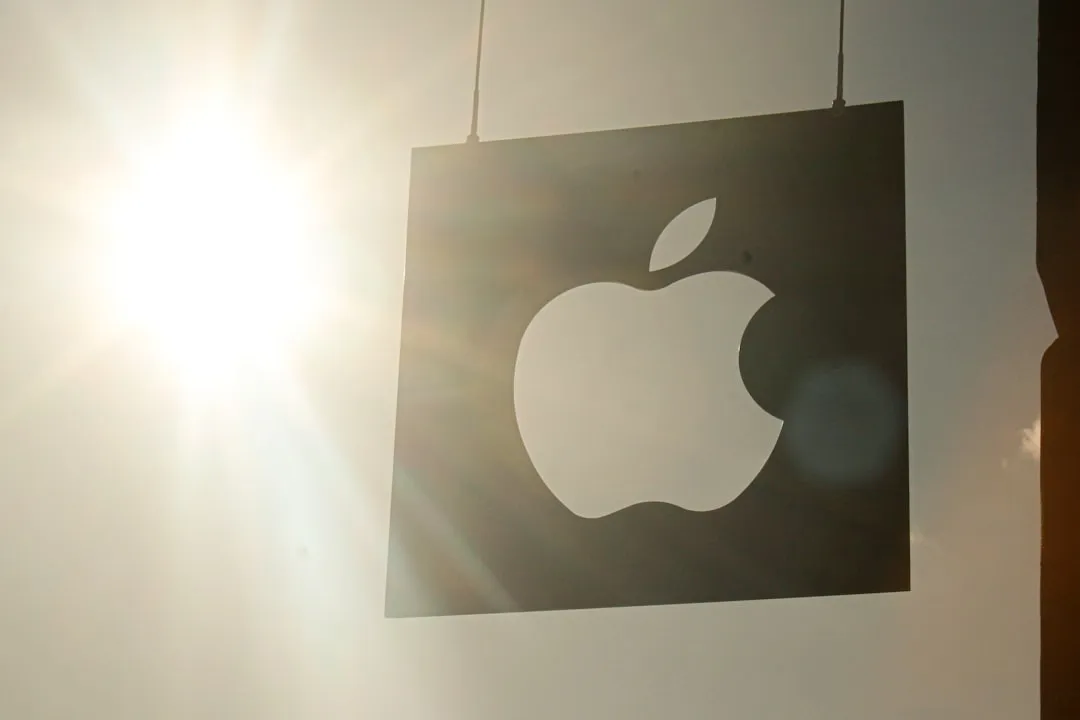
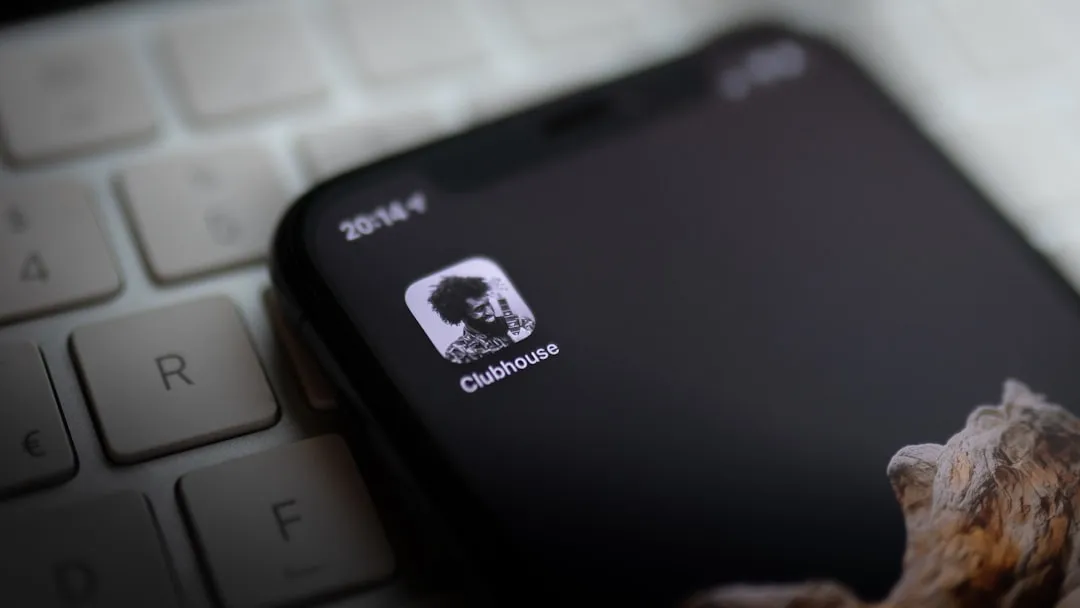
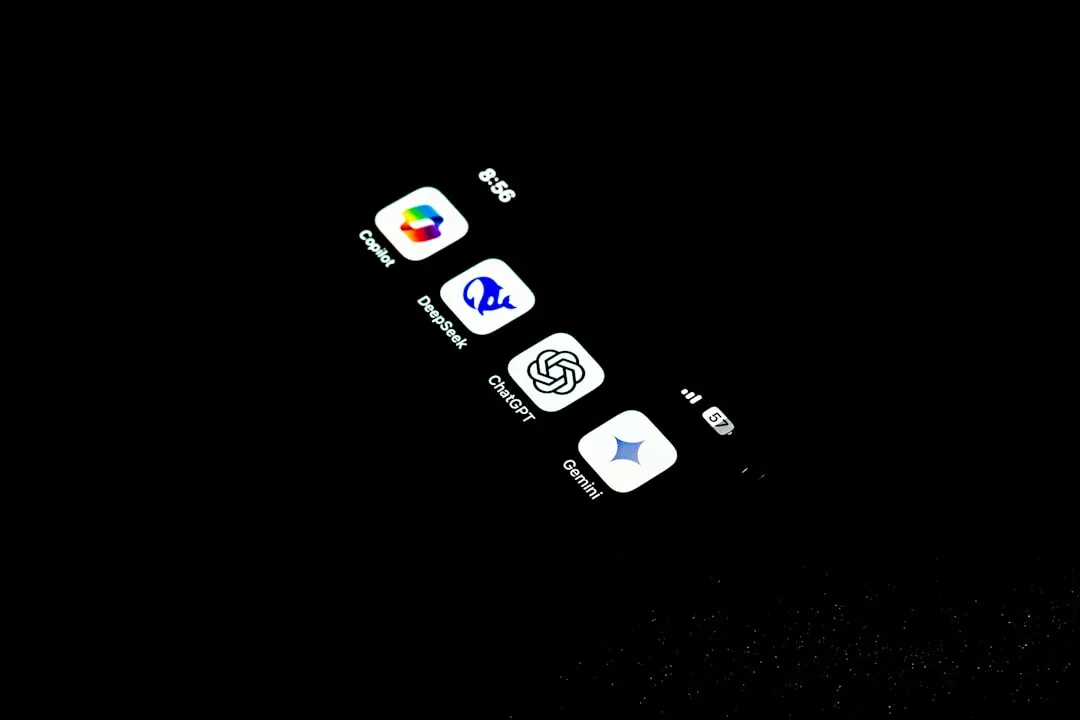
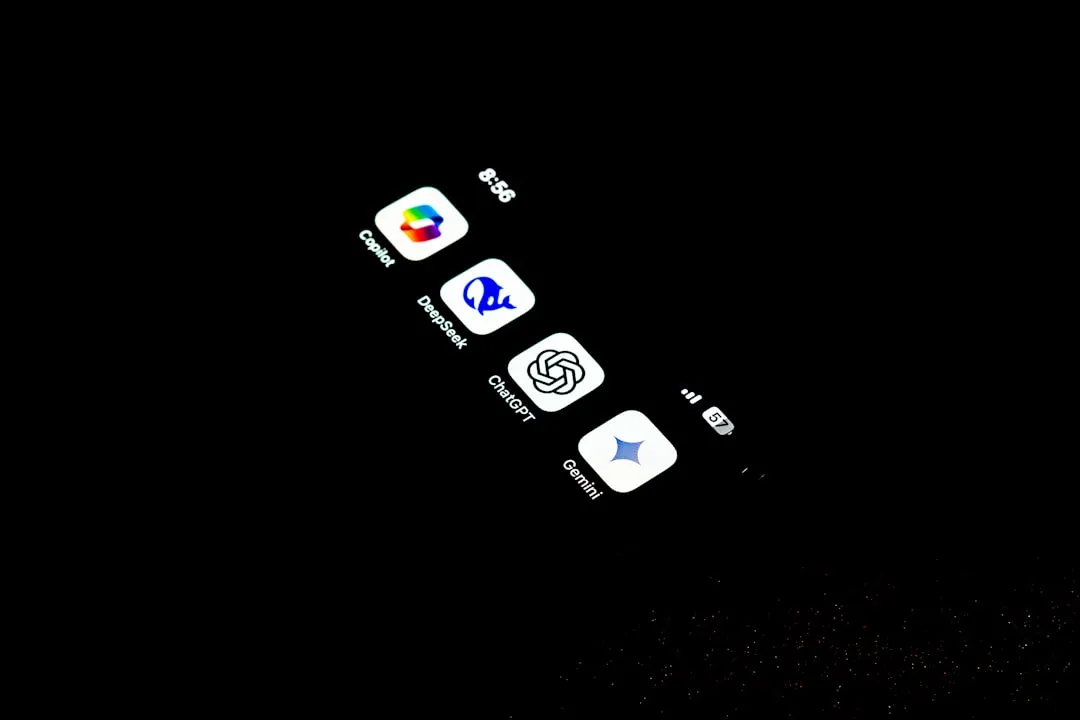
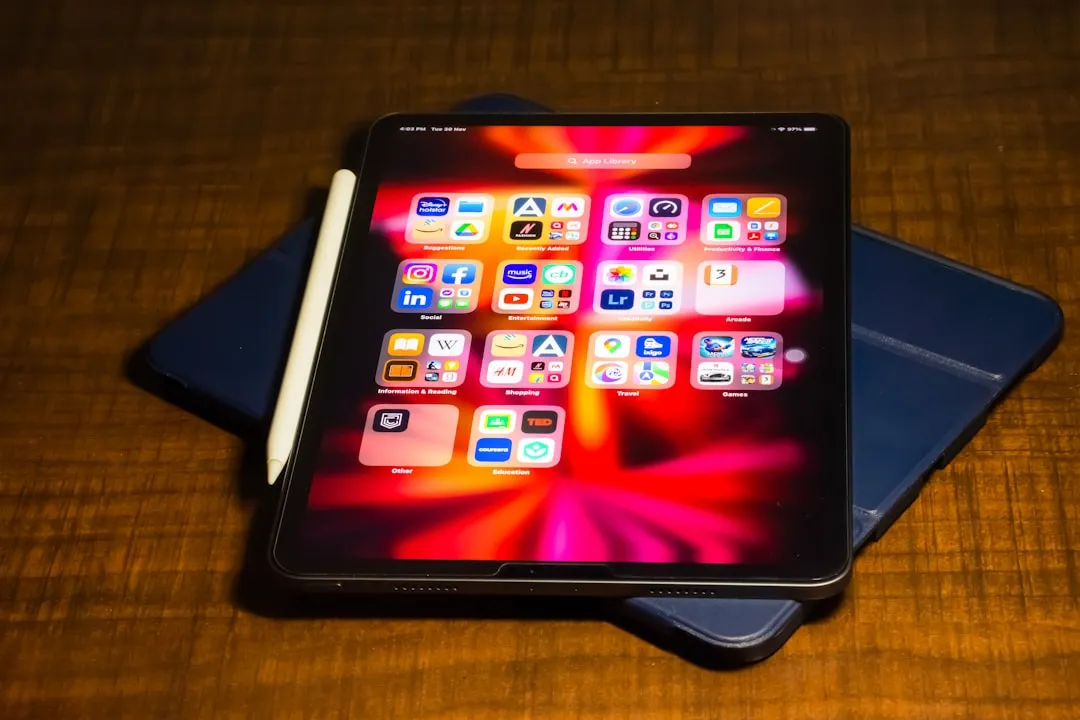
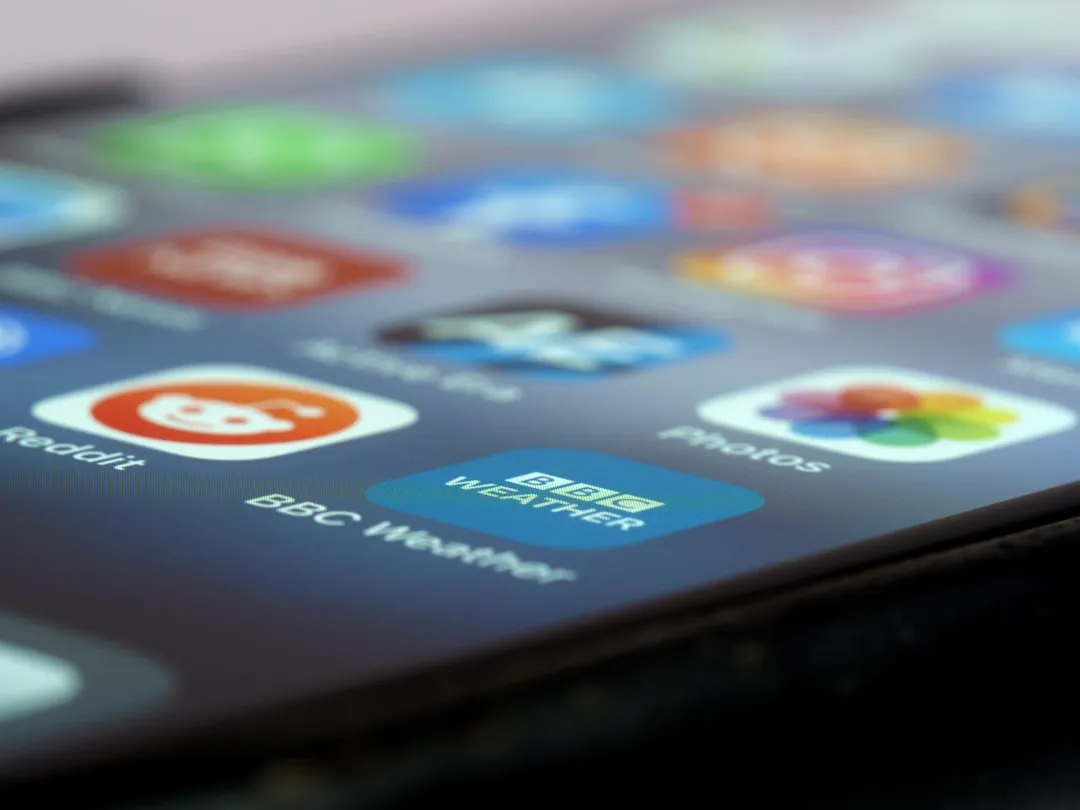
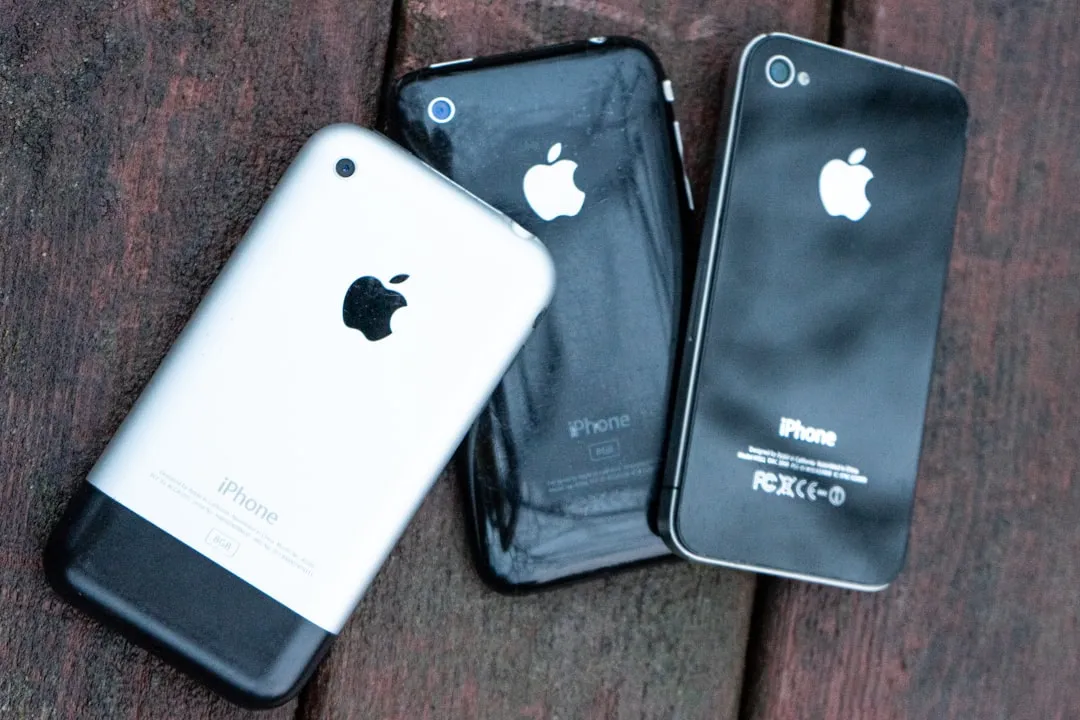
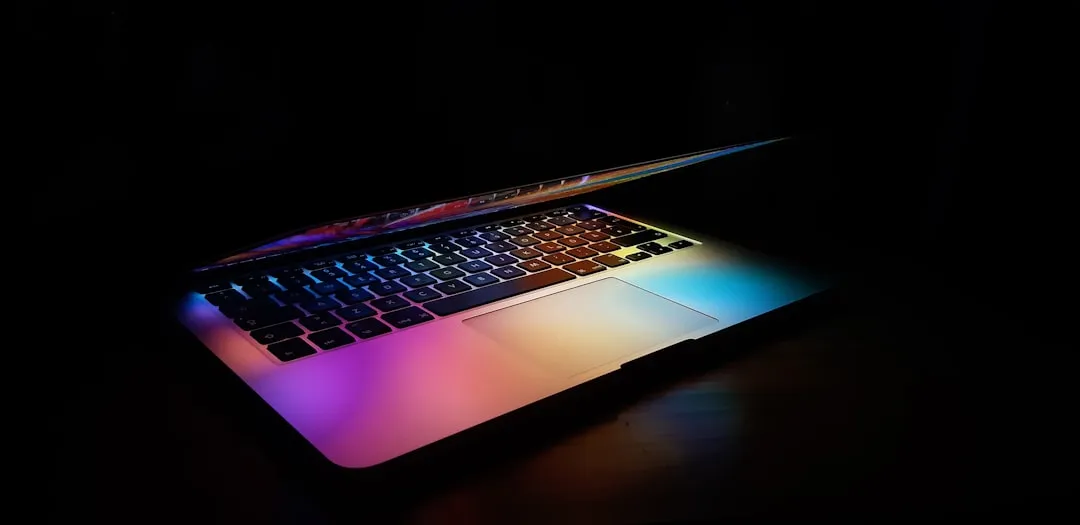
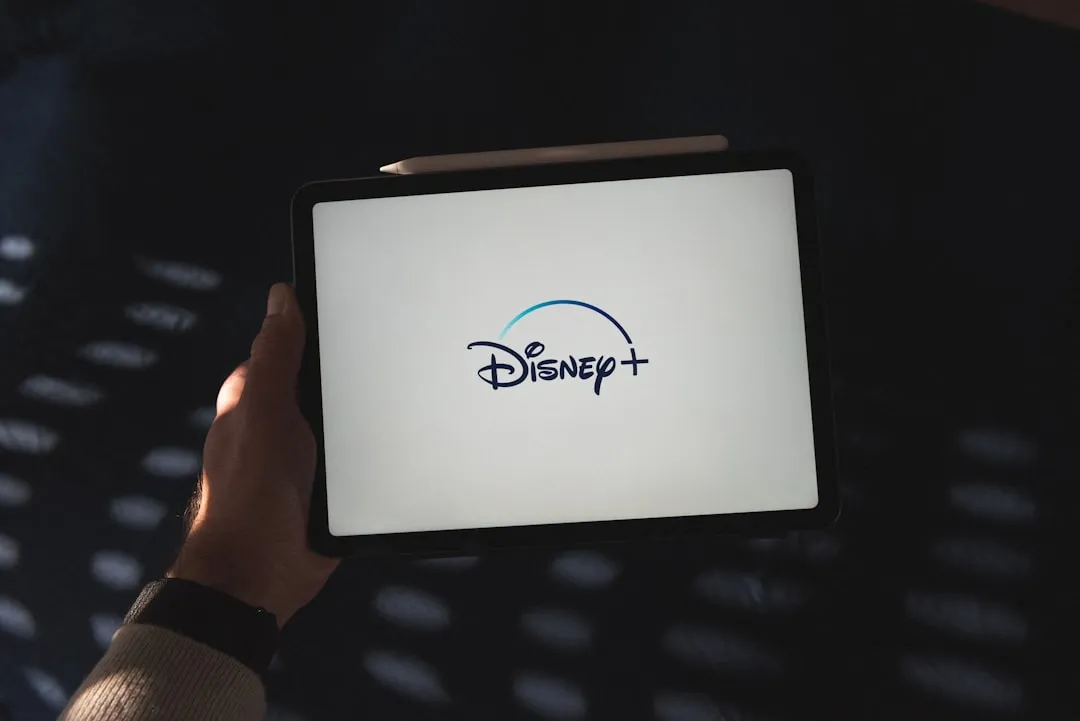
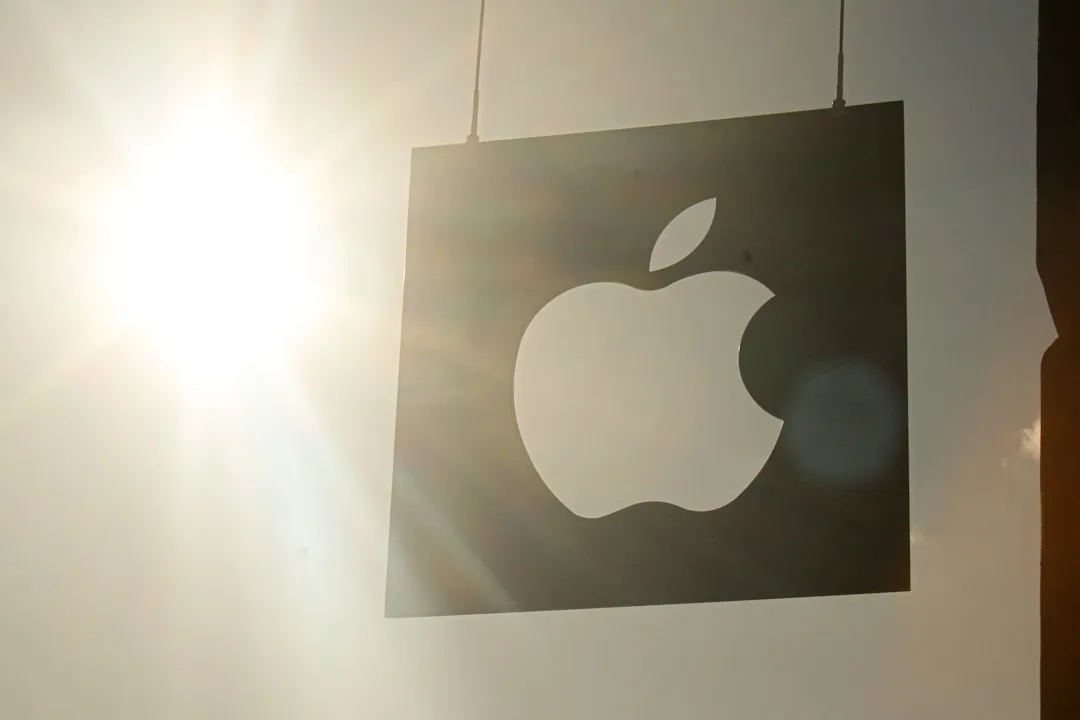

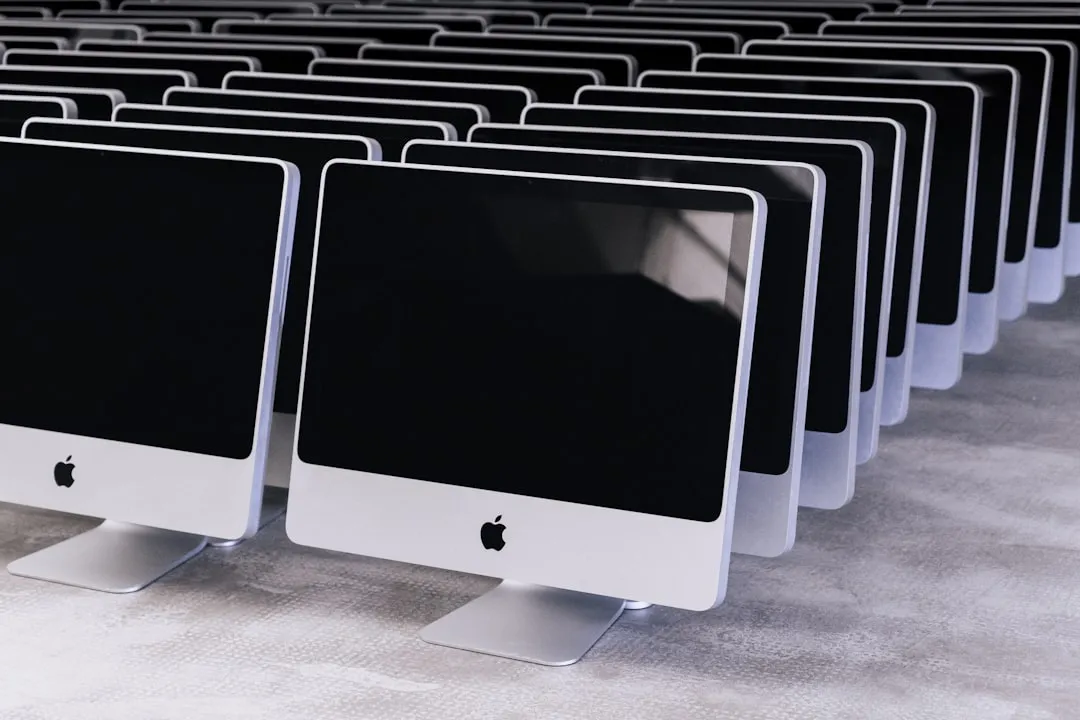
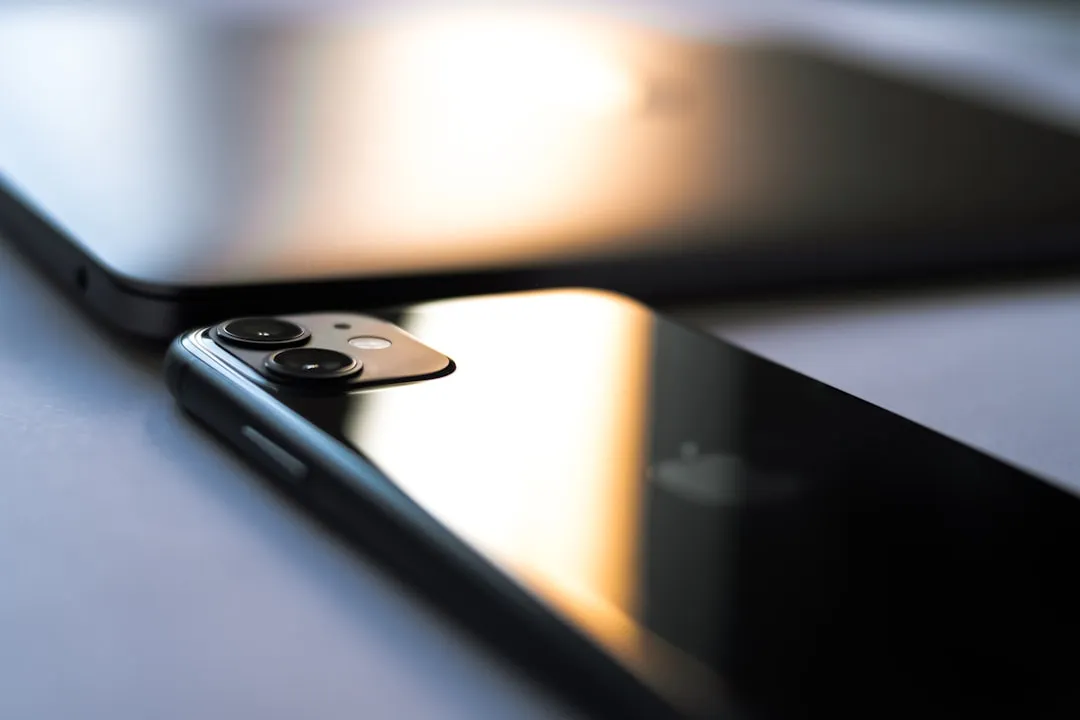

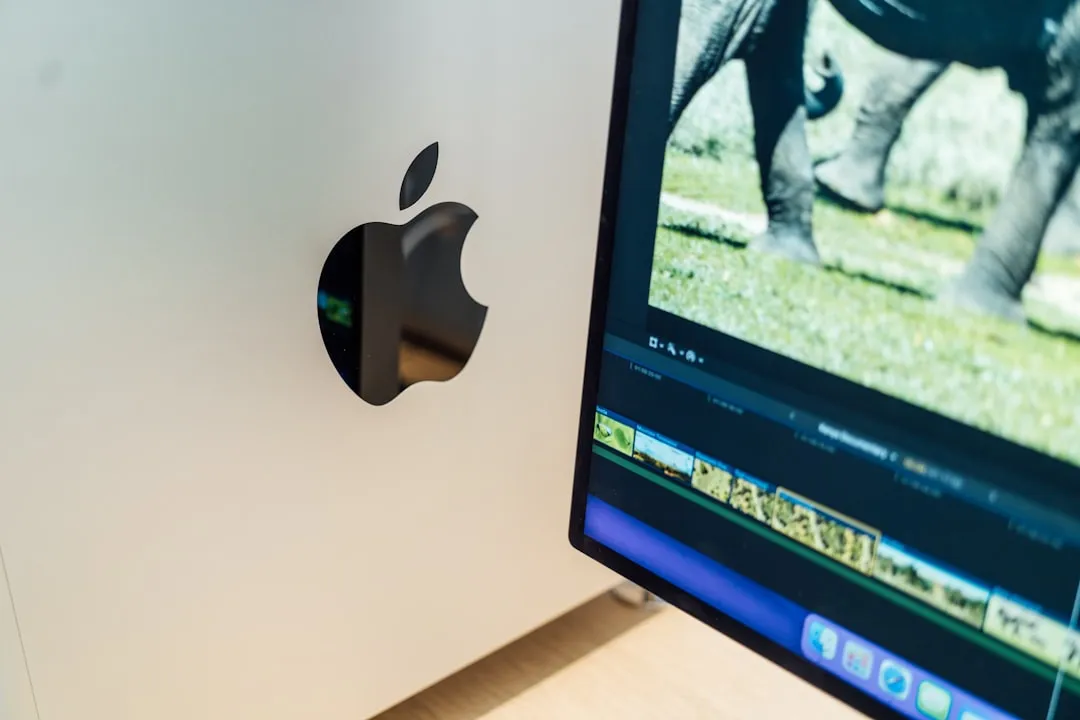



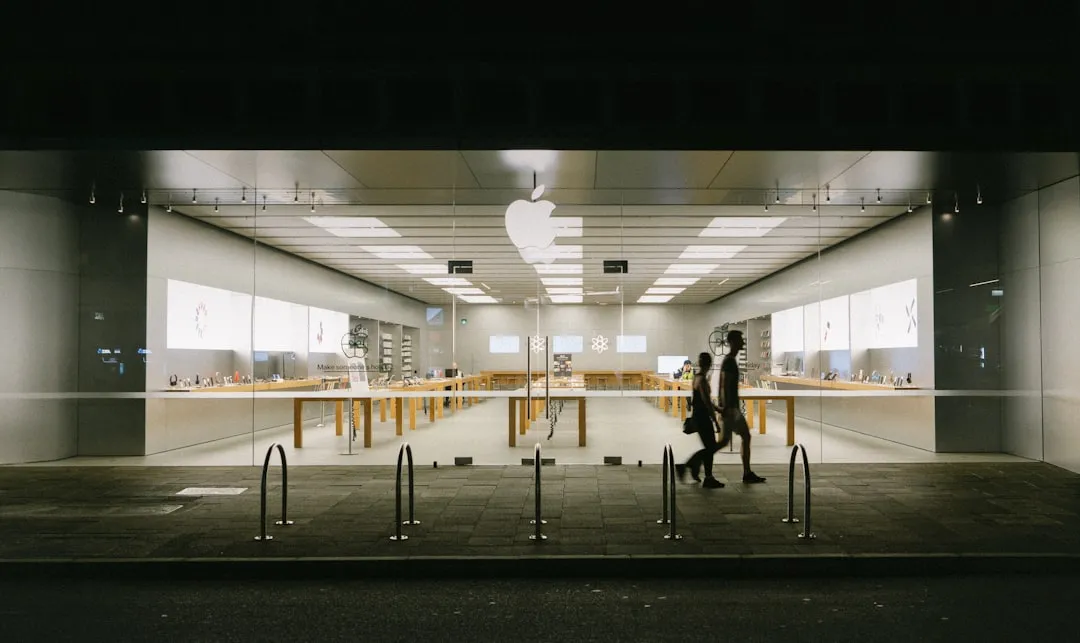

Comments
Be the first, drop a comment!